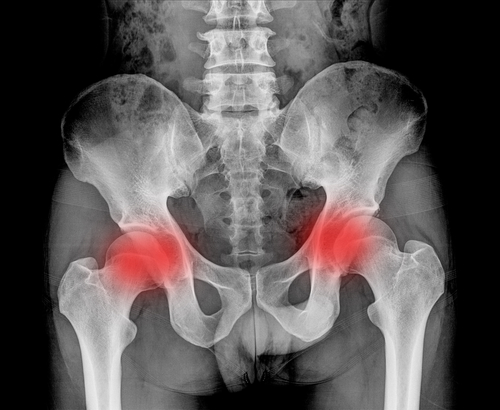 The causes of lower back pain are often difficult to diagnose. One relatively common cause of lower back pain that seems to be overlooked is sacroiliac joint dysfunction.
The causes of lower back pain are often difficult to diagnose. One relatively common cause of lower back pain that seems to be overlooked is sacroiliac joint dysfunction.
The sacroiliac joint (also called the SI joint) connects the sacrum – the triangular shaped bone at the bottom of the spine – with the pelvis on each side of the spine.
This joint is designed to provide stability and very little motion.
- — If it becomes unstable (too much motion), it can lead to lower back pain.
- — If it becomes too rigid (not enough motion), it can become a source of lower back pain.
In addition to lower back pain, sacroiliac joint problems may also cause pain in the hips or groin, as well as pain that radiates into the buttock and possibly down the path of the sciatic nerve (called sciatica, or lumbar radiculopathy).
Accurately diagnosing sacroiliac joint dysfunction can be difficult because the symptoms mimic other common lumbar spine conditions, such as a lumbar disc herniation or lumbar degenerative disc disease.
 Bottom line: get an accurate diagnosis
Bottom line: get an accurate diagnosis
The structures in the spine are all interconnected, and determining the source of the pain is often quite difficult. The treatment options differ significantly depending on the underlying cause of your pain, so it is critical to get an accurate clinical diagnosis.
Treatment for sacroiliac joint dysfunction is usually non-surgical and focuses on restoring normal motion in the joint. For severe, chronic, disabling pain from SI joint dysfunction, surgery may be an option.
Source: www.Spine-Health.com; September, 2014.







